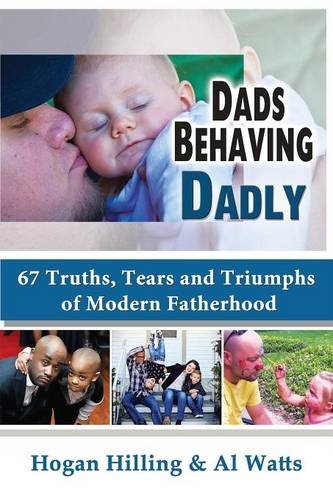How many keywords does it take to find a job?
That sounds like the setup of a bad joke told between co-workers during happy hour on a random Thursday, but I’m finding it’s reality in today’s job market.
A lot of employers require job-seekers to apply over the Internet, which allows a computer to whittle away those who aren’t qualified based solely on the number of keywords used when applying for a job.
But what those keywords are, and the number required to jump over the electronic hurdle, is anyone’s guess. What makes it more challenging is the fact that it could be different every time. One employer could decide that five keywords is the magic number, while the next could want 12.
Apparently, the trick is to read the job ad closely and use keywords from that announcement (verbs mostly, one professional resume writer told me) in your resume.
That same professional resume writer told me that up to 95 percent of resumes never cross the desk of a hiring manager because the applicant did not use enough keywords, a fact she explained based on the number of people applying for jobs these days. She said a single opening could attract 200 resumes, and a hiring manager could never read that many. They have to use computers to weed out the people who aren’t qualified.
As a writer, I’m used to rejection from people, especially literary agents who are overwhelmed by the number of people who have dreams of writing the next great American novel. Rejection from a computer is new to me, but it looks like I’ll have to accept it while I look for my next job.
But unemployment has at least one upside: More time with my children.
In the last two weeks alone, I’ve visited them more in their world of textbooks, cafeteria lines, and classrooms than I did during their previous combined seven years of elementary school.
I chaperoned a field trip to the Earth and Space Science Lab in Frederick, where I rode a school bus for the first time in 30 years and held a horseshoe crab as a throng of first-graders oohed, ahhed and cringed at the prehistoric-looking creature. The brave ones ventured a touch or two of the critter’s shell or mouth (they don’t bite or sting), but many of the kids just stared in a blissful state of youthful wonderment.
Afterwards, I sat in Gavin’s classroom while he ate lunch with his classmates, then waited in the cafeteria for Celeste’s turn. I expected a handful of 10-year-old girls to be rather chatty while they devoured their PB&Js, but their silence startled me.
They didn’t talk each other. They merely eyed one another and periodically let out a nearly imperceptible giggle, as though I were the butt of an inside joke. Celeste explained it to me later: “Girls aren’t loud like boys.”
I’m not sure I buy that explanation, especially since the girls who came to Celeste’s sleepover party in September were fairly loud, but what’s a father to do?
I also attended two Valentine’s Day parties surrounded 20 or so screaming elementary school kids hyped up on sugar, red and pink crafts, and games of freeze dance during which Gavin danced remarkably like Elaine Benes.
Yeah, Karen will have to work on that. Of all the things I can teach Gavin, dancing is not one of them. In fact, part of me thinks Jerry Seinfeld thought of the idea for Elaine’s infamous jig while watching me during my eighth-grade dance at Ridgeview Junior High School in the early ’80s.
None of the visits took long, but I doubt I would have used leave from work in such a way. I always reserved it for family trips, illnesses (my children’s and my own), and the gaps between school and summer camp.
Such leave is precious, and I never spent it on visits to Celeste and Gavin’s classrooms, which I realize was a mistake. The smiles that broke out on their faces when they saw me mixed in their classmates told me as much.
They were proud to have me visit their world, if only for a short time, so using leave from work for such a purpose is a great idea. I hope I remember that when I find a job, and look for the next opportunity to use eight hours of my annual leave surrounded by a throng of first- and fourth-graders.
After all, it’s comforting to be surrounded by people who don’t care how many keywords I use.


